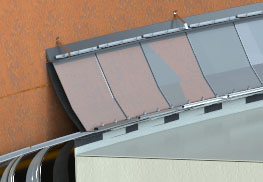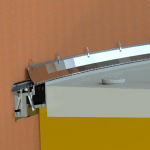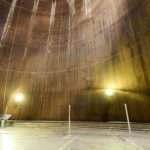In this series of seal design White papers, we will discus the various aspects of tank seal design. We believe that by sharing our knowledge we will contribute to improving the overall knowledge of these safety critical products. This will prevent safety incidents such as rim-fires and corresponding escalations. This way we aim to contribute, not only to an immediate emission reduction as well as preventing future pollution and injuries caused by these major incidents. THe images and texts shown in these whitepapers are intended to serve as learnings for prevention of future incidents and are by no means intended to discredit any supplier. The issues mentioned in the papers are universal and not limited to one supplier. This paper introduces the main concepts and links to papers with specific topics. This will allow easier reading and navigating to useful content.
Introduction
The opening between the outer rim of the floating roof and tank shell is often referred to as rim-space or rim-gap. All floating roofs have rim-gaps permit smooth travel of the roof in the tank. The dimensions of the rim gap depend on the type of roof and design code used. Rim seals are used to seal this annular space. The primary functions of these seals are reducing the emission and evaporative loss from the stored product, maintain the product purity by reducing the amount of (rain) water that can enter the tank and safety (preventing rim fires). The rim seal structure may also help to centre the roof in the tank, however this function is limited.
It has to be noted that the design of the external floating roof seal has a major impact on the fire safety of external floating roof tanks, especially in areas with a high thunderstorm risk.
Rim seals need to be designed to accommodate all design conditions, such as weld irregularities, local dents, and to a certain extent, outÂofÂroundness of the tank shell.
This paper focusses on secondary seals as these have shown to be prone to high failure rates. We will discuss rim mounted secondary seals as these are the only seal type widely accepted in major codes. In a separate article we will discuss shoe mounted secondary seals. Generally shoe mounted seals have the advantage of a lower construction height, but are dependent on the performance of the primary seal fabric, therefore shoe mounted seals are not recommended.
Secondary seals should be designed to allow for the maximum inwards and outward movement of the floating roof structure in relation to the (future or existing) roundness of the tank shell. Future settlement of the tank foundation, which may influence the outÂofÂroundness, should be considered, when required, in the light of the service period of the tank.

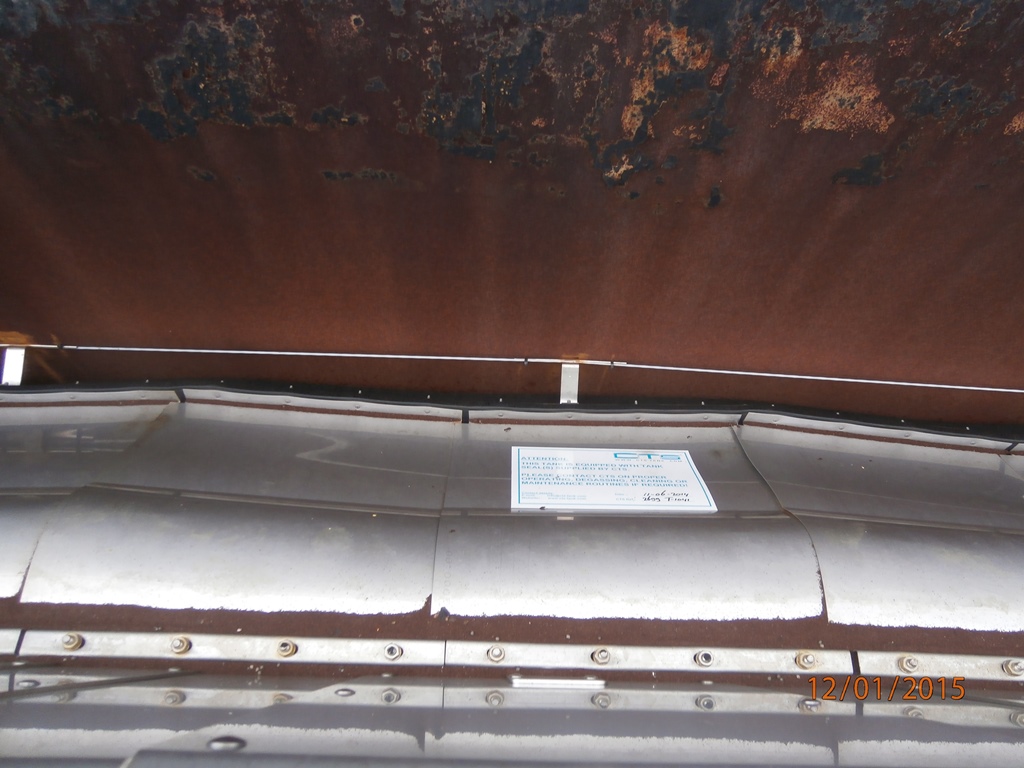

Working range
The basic design requirement for a good performing rim seal is defined by its sealing under all current and future tolerances of the tank shell. Many experienced professionals debate on how to satisfy this requirement. Some say the so-called -x+3x rule is key others claim that -x+x is sufficient. What makes it complicated is that in all cases X is different, so both seals can have the same working envelope while having a different label. Experience shows that it is good to use common sense and go back to the functionality. An explanation for seal working ranges is presented in a this whitepaper.
Lip profile
Caution has to be executed when selecting a secondary seal tip configuration. It is recmennded to use a seal tip bolted on the seal plate in an L-type configuration. Other seal configurations with tips connected directly on the plate introduce the risk of flipping over with wear of the seal tip.

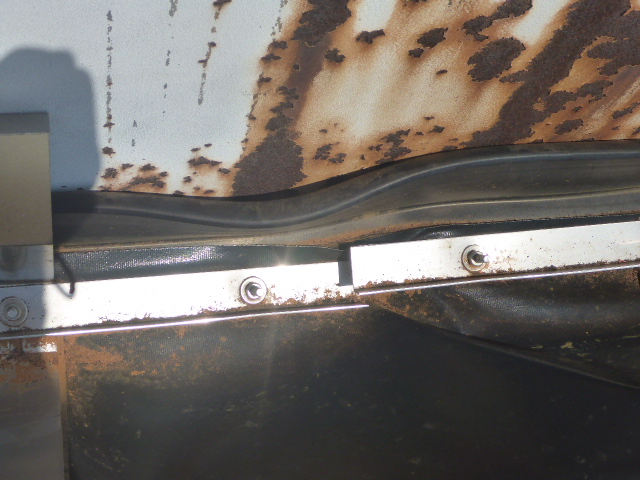

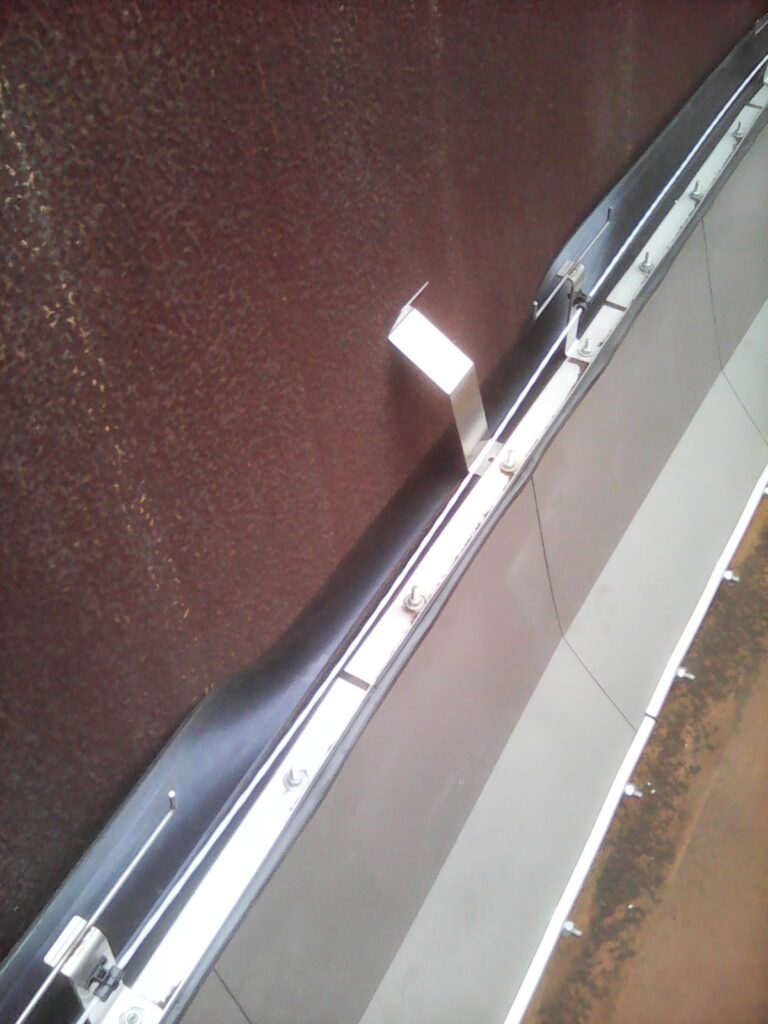

Plate thickness
A major choice in compression plate seal design is the seal plate thickness. It is not difficult to realise that in these minor thicknesses a small difference in thickness will have a major impact in performance. Buckling resistance is defined by material area, this means that an increase from 1mm to 1.25 to 1.5 increases the resistance for flipping over with a respectively 56% and 125%. A seemingly small increase in material cost will therefore make a significant difference in strength.
Seal plate design
In order to bridge a gap a plate needs length, so far its a simple statement. In order not to slip over the seal plate needs sufficient length to remain upright when something is resisting movement. So far it is not rocket science either. But due to many operational questions and the desire to increase storage capacity these simple rules are forgotten. Making sure a plate is long enough, thick enough and has a bend halfway to make sure there is a predetermined bending line is a good start. This particular part is somewhat experience based and it is not easy to give a golden formulae what works and what does not, but as a rule of thump it can be stated that sticky products (crude) or bad shells with rust scales need longer and thicker plates.
MATERIALS
It is essential to select the correct material for the primary and secondary rim seals. Next to the requirement for chemical resistance, which is related to the stored product and the resistance against ultraviolet light of the seal material exposed to direct sunlight, it can be important to check whether the material is flame retardant. This is applicable to the design of new seals as well as when replacing the old seal material.
The primary seals should always be hydrocarbon resistant since they are in direct contact with the product/product vapours, while the top of secondary seals needs to be ultraviolet resistant as well as flame retardant.
The tip structure of the secondary seals which slides along the tank shell should preferably be made of two kinds of material: the bottom section of a hydrocarbon resistant material, and the top section of a UV resistant material.
Conclusion
It is clear that adequate seal design has many different aspects, some logical, some more under the radar, but yet all important. Our advice is to look at different angles. Do not use one †guru†for advice use common sense combined with actual experience. This only will make sure the design is solid, the materials are fit for purpose and the seal will perform for many years without costly failures.

